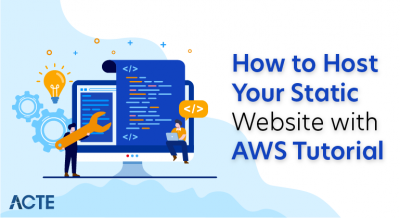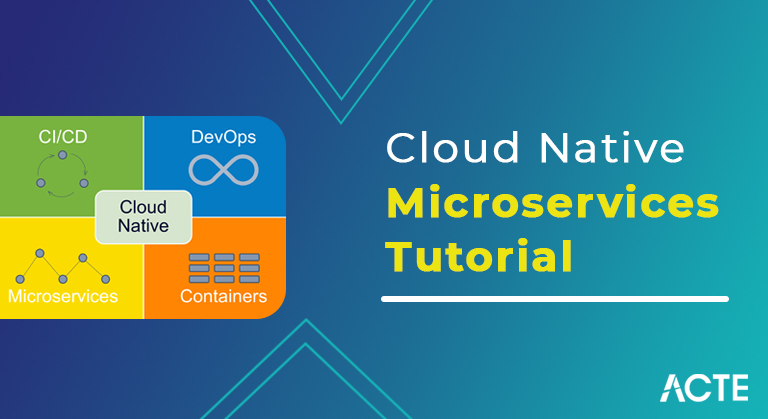
- Introduction to Cloud Native Microservices
- What is Cloud Native Microservices?
- Monolithic design to Microservice engineering
- Cloud Native Tools
- Cloud Native Culture
- Is Microservices the Best Fit?
- Sending Microservices
- Relocation Strategies for Microservices
- Hybrid Cloud is a Stepping Stone to Microservices
- Foundation contemplations: A stateless Mindset
- Planning Layers to Cloud Native Workloads
- Microservices Maturity Model
- Conclusion of SAP Fiori
- As every one of the modules is constructed together, the code base will be tremendous, and any bug fixes completed by the improvement group may affect different modules of the code. Thus, interdependency is dependably the situation.
- The enormous codebase isn’t difficult to keep up with and it tends to be genuinely hard for the designers to deal with.
- If the arrangement size is gigantic, it will over-burden the server and result in sudden accidents.
- The adaptability of individual parts is troublesome.
- Impressive personal time is important for creating arrangements and it influences business tasks.
- Along these lines, considering the above focuses, it most certainly seems OK to change the cycle from Monolithic engineering to Microservice design.
- The majority of the constraints that we have recorded above with Monolithic engineering can be obliged and can be corrected by going through microservice design. With regards to Microservices engineering, it is totally about planning the product so that they are various parts related to a solitary application.
- According to the model that we have considered above, i.e., HealthCare application, the modules like affirmations, solicitations, drug stores all will be autonomous parts and are sent as a solitary unit.
- Suppose that there is a flood in the usage of the confirmations module, then, at that point, the engineers have a choice to scale the affirmations-related part just and not influence the remainder of the application conduct. Unexpectedly, this is a greater issue in the Monolithic climate. So the versatility factor is most certainly conceivable here and we can decide if the adaptability is characterized by manual mediation or it tends to be mechanized. This can be chosen by the tasks group.
- The programmed versatility resembles a cool component where it very well may be adaptable in light of the interest. Assuming there is a flood as far as the application utilization for that specific module, it can auto-scale to a level where the interest is satisfied and later it can auto-scale it to a low level.
- Business and Process Decisions for a Microservices TransitionIn request to change the cycle from Monolithic engineering to Microservice design, the organizations need to comprehend and assess their present circumstance and make the stride towards improvement.
- It is encouraged to begin a new application utilizing microservice design right from the scratch.
- Above all else, foster the application in Monolithic design and afterward, as and when it increments, gradually isolate it into microservice level engineering.
- These are the two methodologies that the greater part of organizations need to follow when they are attempting to change from Monolithic design to Microservice engineering.
- Inside the two methodologies, they are a couple of difficulties that the organizations need to go through.
- To make a base framework of microservices without any preparation is certainly a tedious cycle.
- With the assistance of utilization cases, it is really simple to construct applications utilizing the solid design.
- When the application has developed to the ideal stage, it’s a good idea to gradually begin executing the microservice engineering.
- Likewise, a very much planned solid design application can be changed over into a microservices engineering base with the least endeavors included.
- Along these lines, considering both the methodologies, it most certainly appears to be legit to go through the current circumstance inside the execution and make proper strides.
- Contrasted with the standard solid design, there are a ton of advantages that microservice engineering brings to the table:
- As a matter of first importance, the application is adaptable and it is versatile.
- The framework overhauls or code redesigns will not upset the whole application use.
- Microservices engineering is adaptable and the dexterous advancement process advances more limited improvement cycles and results in speedier time for sending.
- With the persistent incorporation and consistent organization process, the time taken for arrangement is less contrasted with the standard cycle.
- Issue segregation is simple. As the code base is measured, the bugs or deformities won’t affect the different regions of the application.
- The reusability idea is additionally high in this construction contrasted with the standard solid design.
- Taking into account this multitude of advantages, it will be the best fit. According to the association requests and the application needs, microservices engineering can be carried out.
- On the other side of the coin, there are a couple of detriments that can be difficult for the vast majority of the associations if they are not managed or tended to during the underlying phases of the execution. They are as per the following.
- The center idea depends on the organization, so on the off chance that the arrangements are not overseen suitably, then, at that point, it will be a more serious issue to deal with the codebase.
- Intricacy: if the microservices are not overseen or represented fittingly, it will be an issue.
- Correspondence assumes a significant part.
- A ton of introductory arranging is required, i.e., at the design level.
- The above perspectives should be checked cautiously so awesome of microservices engineering is accessible.
- Sending microservices engineering is a vital piece of the whole execution and the accompanying focuses should be tended to.
- It ought to be adaptable to convey and un-send the microservice autonomously.
- It ought to be planned so that a solitary microservice part is adaptable with next to no limitations.
- The issue is one of the microservices ought not to influence the remainder of the microservices.
- It ought to be speedy as far as building and sending microservices rapidly.
- The above focuses are basic with the goal that the microservices are viably conveyed.
- Each microservice ought to be bundled as a Docker compartment picture
- Each assistance occasion is a holder
- By expanding the compartment occasions, the microservice can be scaled.
- As we are utilizing Docker holders, constructing and conveying microservices is quicker contrasted with the conventional VM
- Equal overhaul
- Standard microservices
- Independent frameworks
- Equal overhaul As the name recommends – don’t upset the current solid organized application. It is smarter to fabricate an equal application thinking about microservices design. As such, similar business usefulness is carried out yet utilizing microservices engineering.
- The current application, i.e., on the solid application, isn’t at all upset.
- The new application can be planned by the need.
- The burden with this sort of approach is:
- The whole execution needs to follow a cascade model. Utilizing this cycle, the execution result is an obscure element.
- Standard Microservices
- In this methodology, the independent modules are distinguished first and they are updated and created by the microservices structure. Inside this interaction, the whole application’s UI and backend are upgraded so it suits microservice design.
- With this methodology, the clients can see iterative forms and constant improvements of the frameworks.
- As this is a consistent improvement process, there is a degree for correcting botches.
- The UI code will be solid as it were.
- A ton of changes are normal during this execution.
- Independent frameworks
- With this methodology, the group needs to recognize modules that can be executed autonomously. When this movement is done, the whole backend will be improved and the singular module UI will be reconstructed by the microservices design. When the improvement is finished, the current solid administrations and the UI will be supplanted.
- This cycle is additionally an iterative and steady one. Thus, the customers/clients will get to see a few enhancements in each cycle.
- The turn of events and movement endeavors are less contrasted with different models.
- The disservices related to this cycle are as per the following.
- As the quantity of modules expands, the intricacy of conveying inside the modules will likewise increment.
- Perhaps, we get to see a conflict as far as the UI systems.
- All things considered, the accepted procedures fluctuate from each other. Thus, as a rule, the prescribed procedures that can be executed are as per the following.
- As a matter of first importance, recognize the significant module and start the relocation for that module.
- Never permit the microservices module code to be executed under solid engineering.
- Begin using a system where the designers may be zeroing in on business usefulness.
- Whenever required, the microservices can be additionally separated into more modest microservices
- Hybrid cloud is only a distributed computing arrangement or climate which essentially utilizes a combination of private mists and on-premises mists related to public cloud administrations. It requires some investment and cash to move content from a private cloud to a public cloud and consumes a ton of figuring endeavors, which brings about superfluous asset usage and expands the tasks’ expense. Besides, to control these perspectives, one can utilize cross-breed cloud administrations which offer considerably more adaptability and have a great deal of information arrangement choices to browse.
- Presently, how about we see how crossover cloud climate arrangement is helping Microservices executions: According to microservices engineering, every one of the functionalities is partitioned into little parts where they collaborate and structure an application. Likewise, with this construction, the utilitarian parts can either increase or down in light of the need.
- A similar idea works for the crossbreed distributed computing climate too – given the interest the cloud case can be either increased or down. In this way, as a general rule, half-breed cloud conditions and microservices designs go inseparably.
- Probably the best model is the compartments. The idea of holders is generally utilized in microservices engineering. At whatever point there is a need, the compartments can be either made or obliterated consequently without influencing the application execution.
- On the off chance that an impressive burden has been noticed, the necessary holders are made naturally where the heap balancer will begin disseminating the heap to various administrations.
- Then again, if there is a diminishing interest for the heap on the application, the connected compartments are annihilated so the successful usage of assets is kept up with all the time.
- With regards to foundation contemplations, the associations need to pay special attention to various parts like support, adaptability, execution observing, and ultimately facilitating.
- In this way, the beneath angles ought to be thought about with the goal that the group can appropriately plan a microservices engineering-based application.
- The as a matter of first importance viewpoint to check is whether or not the help can be conveyed autonomously.
- Ensure that there is a substantial logging instrument set up.
- Every one of the uptimes and personal times of the foundation ought to be observed, and on the off chance that there is an impressive difference in conduct, a fitting move should be made.
- Particularly if the associations are selecting microservices-based applications, the application ought to be planned so that its adaptability and versatility ideas are not in any manner compromised.
- The versatile layer
- The strong layer
- The parallelizable layer
- Occasion driven layer
- The heritage layer
- With the assistance of the microservices development model, the clients can think about themselves and see whether they stand and know the stuff for them to reach to where they can group as a microservice-related undertaking.
- Likewise, it goes about as a standard arrangement of decisions and strategies so every one of the groups inside an association can withstand it. It assumes a significant part as far as keeping up with the principles and cycle controls to an industry standard.
- The Assessment stage: According to the development model, here an association assesses its present principles to the development model norms. As per this appraisal, the associations can comprehend the principle regions where they need to stress on.
- With this kind of review and evaluation, associations can comprehend the most recent patterns and will want to further develop their exhibitions which consequently will grandstand more benefits.
Introduction to Cloud Native Microservices:
This Tutorial on Cloud Native Microservices is devoted to giving a profound comprehension of what Cloud Native Microservices are and gives out data regarding how we can use the advantages of the new engineering. The majority of the associations are moving their concentration to a cloud-local methodology where they are joining microservices engineering and compartment advancements so they can fabricate applications that are versatile, adaptable, and all the more critically, totally use the innovation benefits. Thus, before going a lot further into the advantages and their center functionalities, we want to see cloud-local microservices. We should do that!?
What is Cloud Native Microservices?
Microservices is a design interaction where it is utilized to foster an application by gathering little administrations. Every single assistance is related to business capacities where they are furnished with their cycle. All of the correspondence occurs through HTTP API or informing highlights. Each microservice can be restarted, updated, and scaled without upsetting different administrations inside a similar application. With this sort of cycle, the advancement group can push the furthest down the line changes to the creation climate or the live climate without influencing or affecting the end clients or clients.
Since we have gotten what Microservices are, how about we center around getting the stuff the business or an association to move from their conventional engineering to a cloud-local microservice design:
The greater part of the associations is keeping a guideline cycle where they have just a single arrangement unit that has all the application highlights. This sort of design is called Monolithic engineering.
For instance:
Assuming that you are building a Healthcare data framework, the application incorporates modules like patient confirmation, drug store, Invoices, and other individual modules. These modules are clubbed together and sent as a solitary unit. This sort of design has a lot of conditions and unfavorable impacts. A couple of the dangers implied with Monolithic design are as per the following:
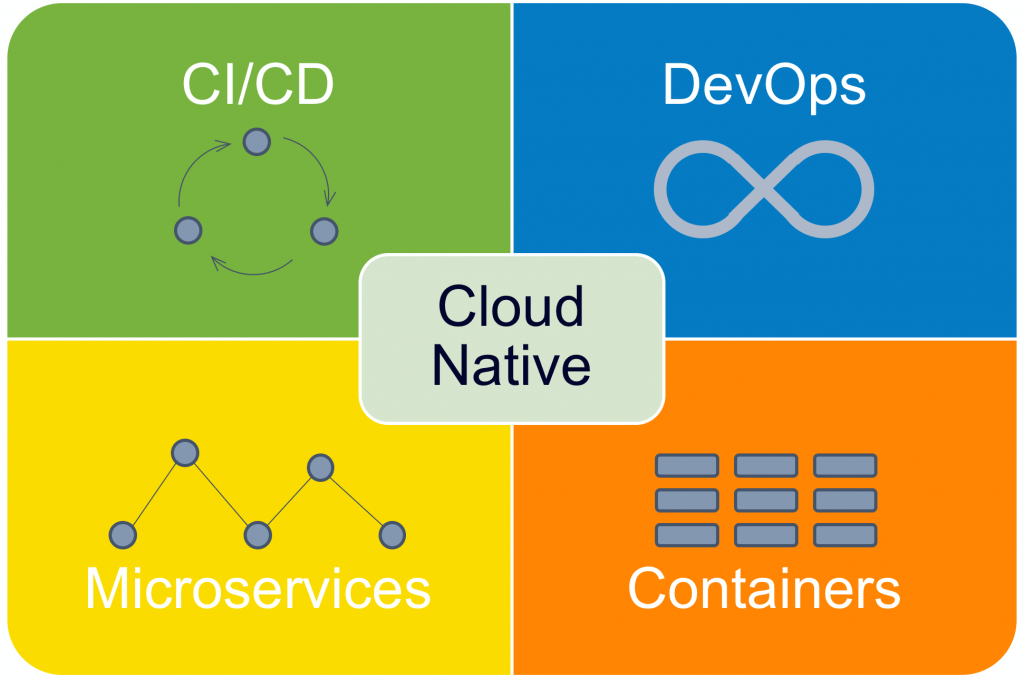
All in all, the stuff for the organizations or the associations to change from Monolithic design to Microservice engineering?
As a rule, they are two methodologies:
Cloud Native Tools:
Cloud Delivery Model
The cloud or all the more exactly the cloud conveyance model of provisioning, consuming, and overseeing assets is a fundamental piece of cloud local structures. Cloud local devices and social practices must be taken on in engineering that upholds the on-request unique provisioning of capacity, figure, and systems administration assets. This can be either a public cloud supplier or an in-house private cloud arrangement that gives a cloud-like conveyance model to IT groups.
Compartments
Compartments are the backbone of cloud local applications. Individual compartments bundle application code and every one of the assets needed to run that code in a discrete unit of programming. Containerisation makes applications more reasonable permitting other innovation bits of the cloud local scene to contribute and give new and imaginative answers for application plan, versatility, security dependability, and so forth.
Containerized applications are significantly more versatile when contrasted with their VM-based partners and utilize the basic assets all the more productively. They likewise have a much lower board and functional upward. Since compartments are stage rationalists, they bring about lower combination issues and decreased testing and troubleshooting as a feature of the engineer work process. The straightforwardness with which compartments can be made, obliterated, and refreshed prompts a general speed increase in speed to showcase new application highlights, permitting associations to stay aware of changing client requests.
Microservices
Microservices engineering is an approach to architecting applications as an assortment of administrations. It separates applications into simple sensible ‘microservices’, each playing out a particular business work, possessed by a singular group and speaking with other related microservices. Microservices engineering fits in pleasantly with the cloud local social act of independent, dexterous, independent groups with local information and abilities to create, test, send and work every microservice.
Separating applications in this manner permits application parts to be created, conveyed, oversaw, and worked autonomously. This has significant ramifications for designer efficiency and arrangement speed of utilizations. The approximately coupled nature of microservices applications likewise implies that creation issues in any one microservice don’t prompt application-wide blackouts. This makes it more straightforward to content creation issues just as react and recuperate rapidly.
Administration Mesh
Separating applications into an assortment of inexactly coupled microservices prompts an increment in the volume of administration to support correspondence. Most cloud local applications include many microservices, imparting in complex networks.
Administration networks deal with this intricate snare of administration to support correspondence at scale and make it secure, quick, and solid. Istio, Lankerd, and Cosul are noticeable models from the cloud local scene. Administration networks work by decoupling correspondence conventions from application code and abstracting it to a framework layer on TCP/IP. This diminishes the upward for engineers who can focus on building new elements rather than overseeing communications.
Nonstop Integration and Delivery
Nonstop mix and conveyance can allude to both a bunch of practices just as the apparatuses that help those rehearses, pointed toward speeding up programming advancement cycles and making them more powerful and solid. CICD instruments mechanize significant phases of the product discharge cycle. They likewise empower a culture of shared liability, little gradual changes to application code, ceaselessly coordinating and testing those changes, and utilizing adaptation control. CICD rehearses additionally reach out to the conveyance and organization stages by guaranteeing new elements are creation prepared once they go through the computerized coordination and testing stage.
Organization
Present-day endeavor applications length different containerized microservices conveyed across various public and private cloud has. Conveying, working, and scaling the armadas of containerized microservices making up these applications, while guaranteeing high a. This is the place where holder orchestrators like Kubernetes sparkle. Kubernetes makes it more straightforward to the arrangement, convey and scale armadas of containerized microservices applications.
It handles the greater part of the mechanics of putting holders on has, load adjusting across has just as eliminating and yet again bringing forth compartments in the engine. Organization and capacity deliberations combined with normalized asset and design definitions add an extra layer of compactness on top of containerization. Every one of these makes Kubernetes a crucial machine gear piece in cloud local conditions. Kubernetes without anyone else doesn’t qualify as cloud local, but no climate can genuinely be cloud local without coordination motor at its heart of some kind or another.
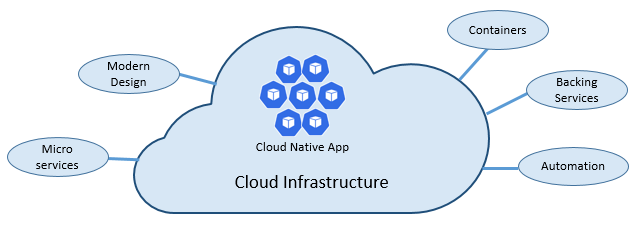
Cloud Native Culture:
Culture is an undefined idea. While most concur that it exists and impacts conduct and practices inside associations it isn’t difficult to nail down.Cloud local Culture versus Cloud local devices
The equivalent is valid for the social part of cloud local frameworks and structures. Cloud local culture is for the most part mistaken for cloud local devices. While cloud local devices are moderately simple to coordinate into prior work processes for building and delivering programming items, culture is difficult to embrace or even characterize.
For the reasons for this article, we characterize culture, as an assortment of practices based on how associations assemble, discharge, and work programming items. Culture is how these associations assemble items, not the devices they use to construct them.
Cloud local Practices
A new review by the Replex group of IT professionals at KubeCon Barcelona distinguishes social change as the greatest deterrent to cloud local reception. It beats intricacy, arranging and arrangement, and the absence of interior interest as far as relative trouble. In this part, we will recognize a portion of these practices that exemplify cloud local culture. We should begin with the clearest up-and-comer, DevOps.
DevOps and SRE
Even though DevOps originates before cloud local it is generally viewed as a fundamental part of cloud local frameworks or no less than a fundamental entrance to cloud local culture. DevOps separates the storehouses that customary dev and operations groups worked in by empowering and working with open two-way correspondence and coordinated effort. This prompts a better group mix and guarantees sped-up programming conveyance and development.
SRE, an emphasis of DevOps grew inside by google, makes this one stride further by taking a product-driven perspective on activities. It urges customary designers to disguise activities abilities including organizing, framework organization, and mechanization.
Microservices and CICD
How cloud local applications are architected requires the arrangement of affectionate cross-practical groups answerable for individual parts (microservices) of uses. These groups have started to finish liability regarding creating, testing, conveying, and working these parts and thusly need to disguise a wide arrangement of abilities.
Better arrangement with quickly changing client requests and the drive to acquire upper hands with new elements expects associations to take on a culture of incessant, little, fast deliveries. CICD practices, for example, working in computerization, shared liability, and being creation prepared consistently are likewise vital parts of cloud local culture.
Is Microservices the Best Fit?
Sending Microservices:
With the utilization of open-source apparatuses like Docker and Kubernetes, microservices engineering can be conveyed. Docker is one of the open-source stages which can be used by designers and framework executives to send the application compartments in a Linux climate. This is probably the most effective way to convey a microservice design application. The accompanying advances are important to make the whole execution awesome:
Kubernetes is another stage where we can use and increase the value of the arrangements when it is utilized with Docker. Utilizing Kubernetes, it is not difficult to deal with a lot of Linux compartments as a solitary framework where the docker holders are accessible on different hosts. This sending design will be useful while managing huge scope microservices.
Relocation Strategies for Microservices:
With regards to relocation techniques for microservices, there are not many methodologies that are accessible. The utilization of a methodology shifts in light of the conditions and the group inside the association will have the final proposal to take the suitable choice. A significant level of the movement methodologies that associations will more often than not use are expressed underneath:
The advantages of this kind of approach are:
The advantages related to this sort of approach are:
The detriments with this approach are:
The advantages related to this approach are given below:
The prescribed procedures for movement:
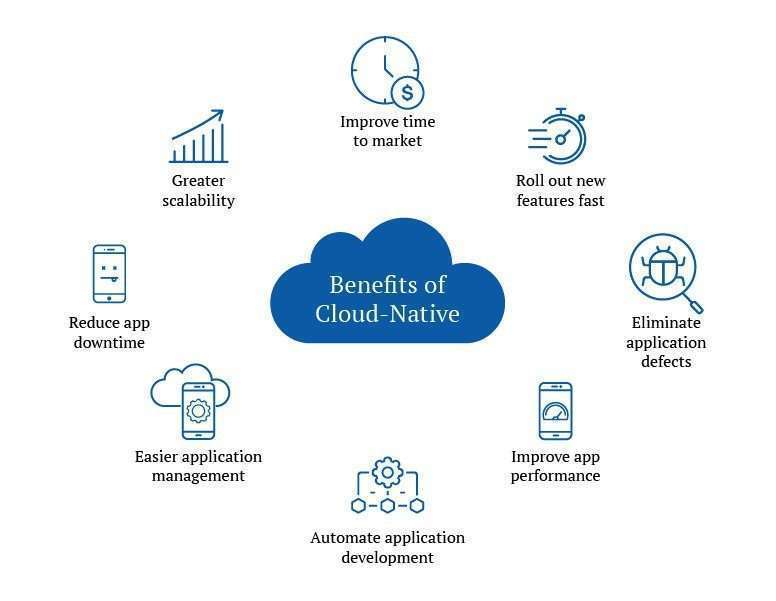
Hybrid Cloud is a Stepping Stone to Microservices:
Foundation contemplations: A stateless Mindset:
Planning Layers to Cloud Native Workloads:
According to the norms, a cloud-local application is based on various sensible layers given the usefulness and the arrangement. Each layer has assigned microservices that will ultimately achieve their undertakings. However the layers are clubbed together, every layer acts freely. When contrasted with the three-level customary engineering, the stack is as an ordered progression. However, in cloud-local applications, the design is a level one where the help is uncovered using an API. The different accessible layers and their uses are recorded underneath:
Versatile layer
This layer is adaptable and can develop and diminish as per runtime utilization. To complete the scale-in and scale-out activities, an autoscale strategy should be executed.
Solid layer
Inside this layer, every single help chooses an ideal information base where the organized information is put away. These sorts of administrations are called stateful administrations where significant level APIs are uncovered.
Parallelizable layer
Every one of the booked positions, equal positions, and group occupations are advised as a parallelizable layer.
Occasion driven layer
Inside the occasion-driven layer, the code isn’t bundled as holders. Along these lines, rather than utilizing holders, the capacities are sent in programming dialects like Python and Node.Js. When these capacities are written in the previously mentioned programming dialects, they are conveyed straightforwardly. Every one of the capacities that are set off inside this layer is only occasion-driven based.
Heritage layer
The vast majority of the stone monument applications are heritage layer-based. For instance, all client relationships are the executives (CRM), venture asset arranging (ERP), inventory network the board (SCM), and (HR) applications. So to utilize the current frameworks, microservices design can in any case uphold and the exchanges can be interoperated in the inheritance layer.
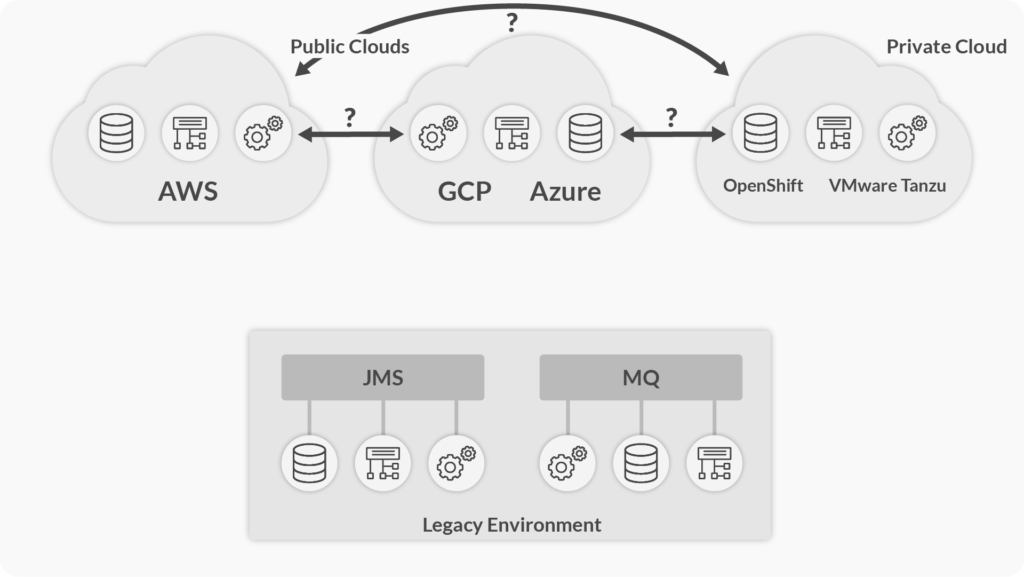
Microservices Maturity Model:
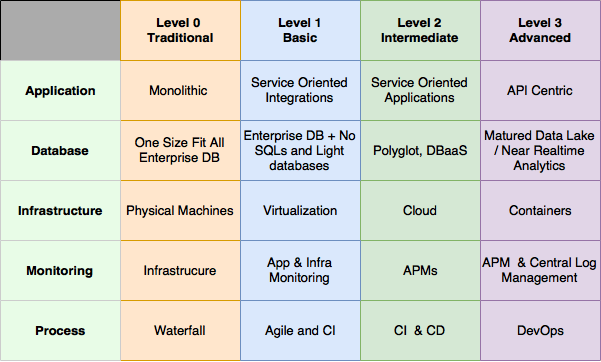
Conclusion:
In this Cloud Native Microservices article, we have gone through a few ideas of microservices engineering parts where they are changing how the conventional applications are created and conveyed. Given the application dependability and the impromptu prerequisites, the group can take a helpful choice of moving from solid to microservices design. Utilizing the movement techniques, one can choose the best methodology and work towards finishing.



